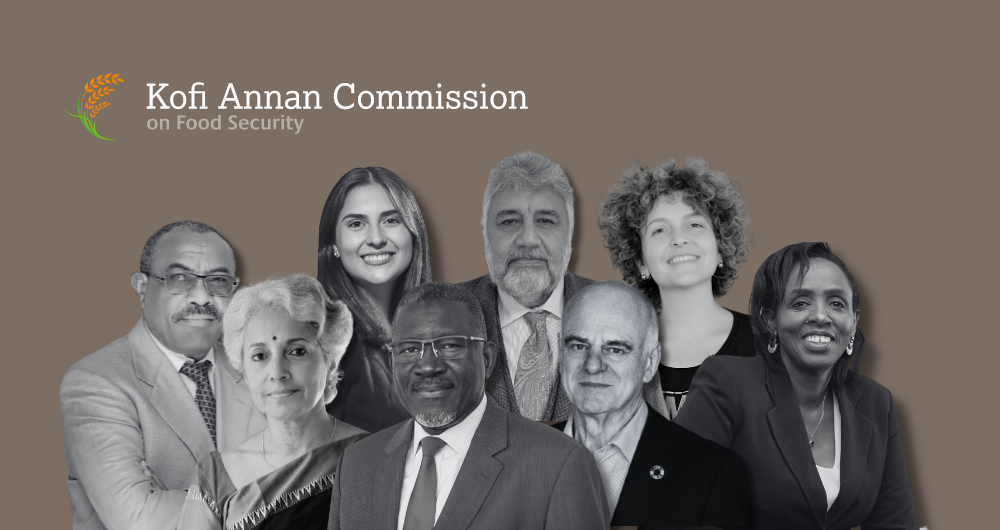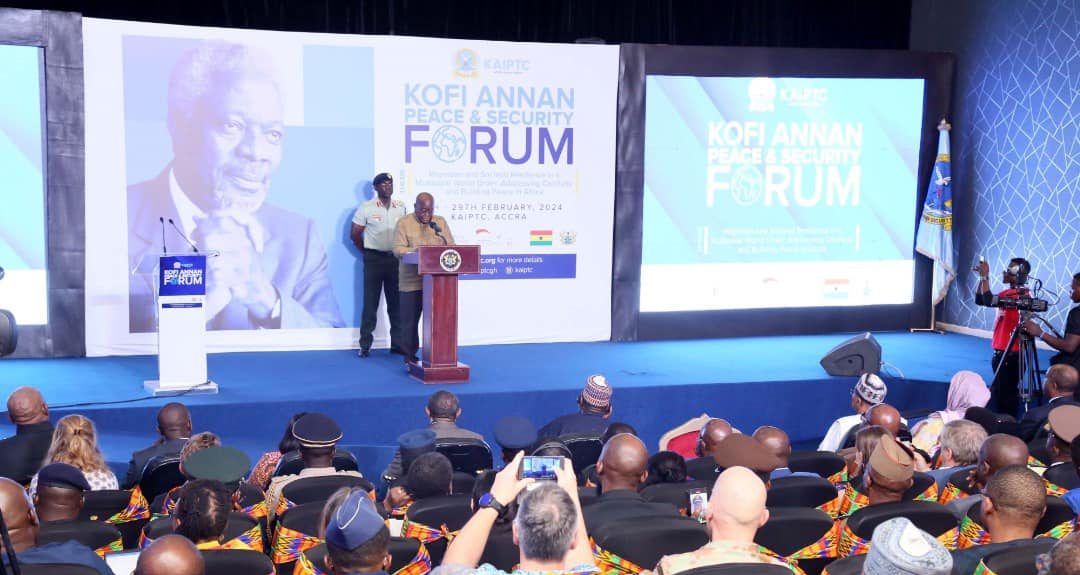When claims of a stolen election become a political strategy
Experts from the Kofi Annan Foundation’s Electoral Integrity Initiative highlight the necessity of distinguishing between genuine instances of fraud and baseless allegations used as political strategies.
In 2024, at least 64 countries are set to hold national elections, meaning more voters than ever before in history – about 49% of the world’s population – will head to the polls.
The record numbers of voters suggest that elections continue to be popular processes to confer legitimacy, and, in most instances, one can expect democracy to work as it should: voters choosing to re-elect or change their leaders, and politicians accepting the outcome.
But what happens when those who are defeated in credible polls refuse to accept the results and draw on sweeping allegations of fraud to justify a rejection?
Electoral Fraud as a Political Strategy
Claims of “stolen” elections or fraudulent results have been a recurring theme in elections around the world, often leading to controversies and legal battles.
Allegations of electoral fraud – the surreptitious addition or removal of registered voters or of ballots, or the changing of counts and tallies – may be well-founded. After all, no system offers absolute guarantees against human error or willful manipulation. And when committed on a larger scale, such acts may violate voters’ rights, subvert the people’s will, and erode the credibility of an election.
However, in instances where leaders are driven by a conviction that only malfeasance can reasonably explain their loss, such allegations can be short on specificity and even shorter on evidence. Or, more cynically, their assertions can be part of a deliberate effort to undermine trust and stir resentment. And indeed, as the world has seen, claims of “stolen” elections can have devastating, violent effects- particularly at a time when trust in institutions and the veracity of information is so low.
Fraud Leaves Traces
Electoral fraud is typically a highly detectable offence. Basic quality control measures or subsequent investigation, when properly and transparently conducted, will reveal efforts to manipulate if they have occurred.
For example, because the number of ballots cast at a polling station must match the number of people who voted, the illegal introduction of additional ballots will be apparent in a standard reconciliation process. Mail-in/drop-off votes must first be checked against the voter registry before they can be entered into the count. Counting takes place publicly, so that any miscount can be noticed by those present. Result forms are posted at the polling station for all to note, so that any change in a result form afterwards will become apparent. Equivalent measures are embedded in voting software and online processes; the manipulation of electronic data will leave indelible tell-tale signs.
In short: tampering with ballots or with results leaves marks – marks that will come to light. To commit an “undetectable” act of electoral fraud, virtually everyone – government authorities, voters, polling officials, observers, agents of different political parties and investigating bodies – would have to be complicit or remain silent.
Prevention, detection and correction
What, then, can be done to distinguish genuine concern from callous strategy, and to mitigate the eroding effect of insinuations that an election has been “stolen”?
For one, electoral authorities should adopt, early on, a comprehensive strategy to prevent, detect and correct fraud. To show that they are serious, this should be done in consultation with all political actors on an equal footing, as well as with others such as observer groups (preserving whatever confidentiality may be needed for certain security measures).
As part of these early preparations, electoral authorities and others should sensitize voters and politicians to basic messages about fraud, well before an election: while no system can rule out all irregularities, not every irregularity is a sign of fraud; not all instances of fraud amount to a fraudulent election. And importantly, where it does occur, fraud leaves traces. Moreover, fraud is specific: if it happens, it does so at a certain time and a certain place, targeting a specific set of ballots or results. Therefore, those who allege fraud ought to be specific in their allegations, and present concrete evidence, or at least an indication where they believe such evidence may be found.
Political leaders and candidates, in turn, should publicly express, separately or jointly, their acknowledgement that irregularities, if they occur, are detectable through the quality-control measures put in place by the electoral authorities.
Of course, this does not take away their right to challenge the results peacefully and legally, and to pursue judicial recourse. But in their public statements, they should commit – if they believe irregularities took place – to be specific in their assertions and to present concrete evidence to the authorities. Moreover, in setting model behaviour for their supporters, they should commit to refraining from broad, over-generalizations and insinuations without proof, and from declaring instances of anomalies to be proof of a “stolen,” fraudulent election.
The history of electoral manipulation is probably as old as the first voting procedures, and at first glance, that statement may seem disheartening. But when voters understand that electoral procedures are designed to anticipate and address the likely occurrence of irregularities – significant or negligible; willful or not –they might find a stronger sense of trust that those procedures will lead to credible results.



